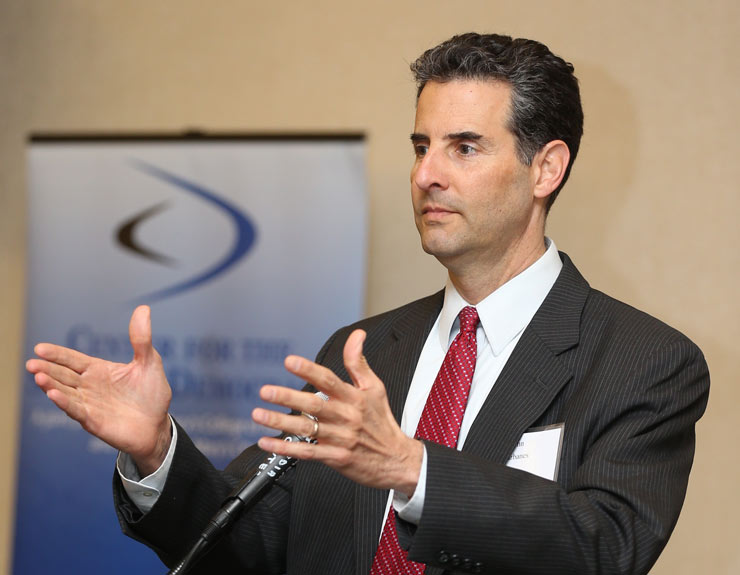
Congressman John Sarbanes (D-MD) speaks at the United Not Divided –forum in Baltimore on March 31st.
The Baltimore forum organized by the Center for the Study of Democracy, United Not Divided: Economic Inequality and the Opportunity Gap, dedicated the second day of the two-day event for exploring the challenges that the City of Baltimore faces. At the forum, politicians, educators, civic leaders, students, social service professionals and community members discussed misguided policies adopted in the past and suggested ways to change them.
Treating Drug Addition As Public Health Issue
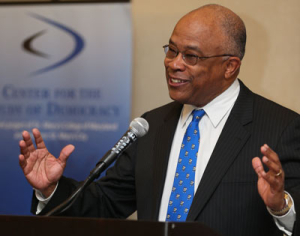 Kurt Schmoke, President of the University of Baltimore and Mayor of the city from 1987 to 1999, related how he had believed, as a District Attorney before he became Mayor, that the war on drugs, which resulted in many black Baltimore residents getting criminal records, was the right thing to do. After he became Mayor, he said, he realized that the drug problem is a public health issue rather than a crime issue and proposed decriminalizing marijuana use.
Kurt Schmoke, President of the University of Baltimore and Mayor of the city from 1987 to 1999, related how he had believed, as a District Attorney before he became Mayor, that the war on drugs, which resulted in many black Baltimore residents getting criminal records, was the right thing to do. After he became Mayor, he said, he realized that the drug problem is a public health issue rather than a crime issue and proposed decriminalizing marijuana use.
He is now attempting to negotiate a better chance for released offenders to obtain employment by convincing employers to avoid making previous convictions an automatic disqualifier on a job application.
Fixing Urban Development Failures in Baltimore
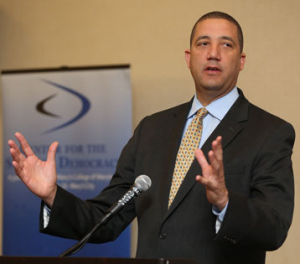 Keiffer Mitchell, Special Advisor to Maryland Governor Larry Hogan, said Baltimore is really two cities, and the black community has not benefited from the massive funds expended to develop the area around the inner harbor. He said the development funds were essentially wasted, because there was no development in the black neighborhoods, nor any jobs for their residents.
Keiffer Mitchell, Special Advisor to Maryland Governor Larry Hogan, said Baltimore is really two cities, and the black community has not benefited from the massive funds expended to develop the area around the inner harbor. He said the development funds were essentially wasted, because there was no development in the black neighborhoods, nor any jobs for their residents.
“We built here in Baltimore, but who has come?” he asked. “Mainly tourists.” He said Governor Hogan is implementing some programs to try to help Baltimore’s black neighborhoods by committing $18 million to a blight elimination program that will tear down derelict buildings. This will be followed by new job-creating development that will eventually involve the expenditure of $700 million, he said.
It’s Better to Train than Jail
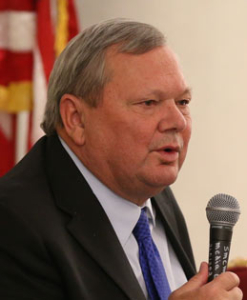 Herbert Hoelter, CEO and co-founder of the National Center on Institutions and Alternatives, said 56 percent of black males in Baltimore are under some aspect of the criminal justice system. “It costs $25,000 a year to keep one person in jail,” he said. “If we gave the $25,000 to an employer to give the person a job, we wouldn’t have the problem.”
Herbert Hoelter, CEO and co-founder of the National Center on Institutions and Alternatives, said 56 percent of black males in Baltimore are under some aspect of the criminal justice system. “It costs $25,000 a year to keep one person in jail,” he said. “If we gave the $25,000 to an employer to give the person a job, we wouldn’t have the problem.”
Mr. Hoelter’s organization works with “people who live in the shadows of our lives” – released inmates, developmentally challenged individuals, and those with mental health issues — to train them for employment so that they can be productive members of society. He said Baltimore consists of “two societies, separate and unequal.”
Structural Racism
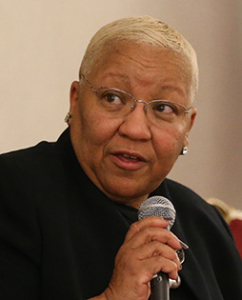 Diane Bell McKoy, President and CEO of Associated Black Charities, said the problem of inequality will not be solved until those developing solutions have a complete framework for their deliberations. The missing link, she said, is the hard fact of structural racism. “The idea that most can make it if they work hard is an American myth,” she said. “If we do not eliminate racial inequality in the development of future policies, we won’t solve the problems.”
Diane Bell McKoy, President and CEO of Associated Black Charities, said the problem of inequality will not be solved until those developing solutions have a complete framework for their deliberations. The missing link, she said, is the hard fact of structural racism. “The idea that most can make it if they work hard is an American myth,” she said. “If we do not eliminate racial inequality in the development of future policies, we won’t solve the problems.”
Political Inequality Leads to Economic Inequality
Congressman John Sarbanes (D-MD) felt that economic inequality results from inequality of opportunity, which results from political inequality. He noted that political inequality results from the fact that special interests are subverting the democratic system. “We need campaign finance reform,” he said, proposing that political campaign expenditures should be publicly financed to ensure that elected representatives actually remain representative of the voters who put them in office, rather than the special interests that financed their election campaigns.
Not for Me but With Me
Dr. Sheridan Todd Yeary, a member of the Steering Committee for OneBaltimore and senior pastor of the Douglas Memorial Community Church, said the political system that keeps black people in poverty is working as designed. “The country was not founded to be one of haves and haves, but rather haves and have-nots,” he said. “The people who founded the country took care to ensure that the have-not majority would never remove the haves from power. The deck is stacked because it was built that way.” He warned that the problems of inequality will not be solved easily, and probably not in his generation. The market will not fix them either, he insisted. “Do the right thing doesn’t apply in business. It’s all about margins.”
Policy planners must start listening to the people, he said, adding that the voice from the streets is, “Stop doing it for me. Start doing it with me.”
He pointed out that the problems of Baltimore’s poor black population have been known for many years but were brought into new focus by the riots of 2015. “Freddy Gray’s death didn’t reveal something we didn’t know,” he said. “It simply removed the ability to believe the excuse that it had already been fixed.”
Kudos to Students for Organizing the Forum
The Forum included a number of students from St. Mary’s College of Maryland. Dr. Helen Daugherty, Professor of Sociology, was the Moderator of the Forum and a major contributor to its success. She noted the value of having her students attend the Forum, participate in the debate, and serve on a panel to answer questions from the audience. Her students were familiar with the subject, having been assigned to read several of the books written by the speakers and discuss them in class.
Dr. Harkonen praised the students who served as Ambassadors for the Center and assisted in its organization and its resulting success. Dr. Jordan noted that the students achieved benefit through “experiential learning,” or learning through experience, an important element of the mission of the College. By helping organize the event, she noted, “our Student Ambassadors have learned organizational skills and how to connect and reconnect with different communities in the Baltimore area.” A number of St. Mary’s students, past and present, are Baltimore residents, and some of them spoke of the problems they faced in the poorer neighborhoods. St. Mary’s has several scholarship programs to assist students in achieving their desire for a higher education. The students are members of the next generation on whose shoulders rest the solutions to the problems noted in the Forum discussions.
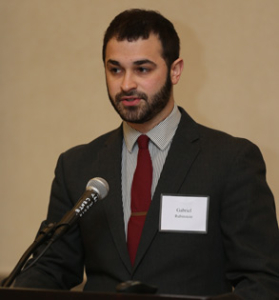
Gabriel Rubinstein, SMCM Alumnus, J.D. Candidate, University of Maryland Law School
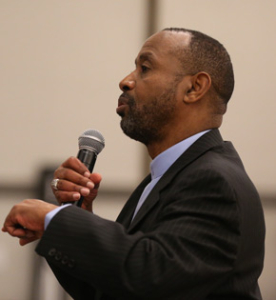
Earl El-Amin , Vice President of Program Development, NCIA
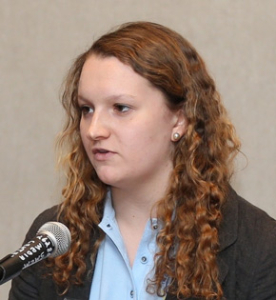
Sara Eaton, Student Ambassador
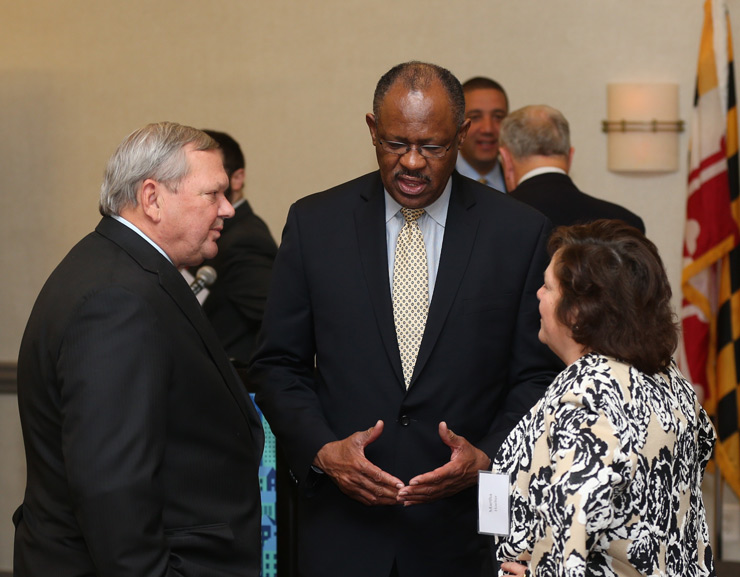
The Honorable Carl Stokes, Baltimore City Council, with Herbert and Martha Hoelter.
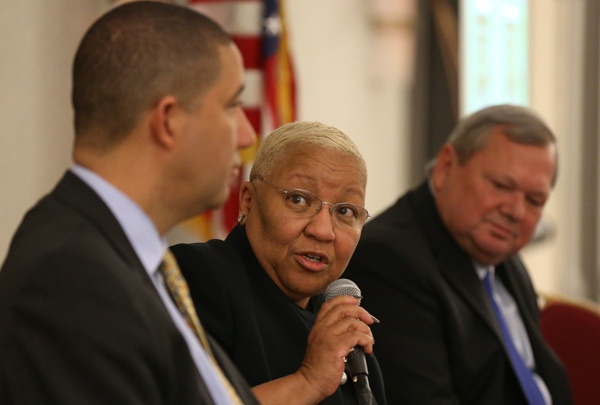
Keiffer Jackson Mitchell, Jr. , Special Advisor to Maryland Governor Larry Hogan, Diane Bell McKoy, President and CEO of Associated Black Charities and Herbert J. Hoelter, CEO and co-founder of the National Center on Institutions and Alternatives
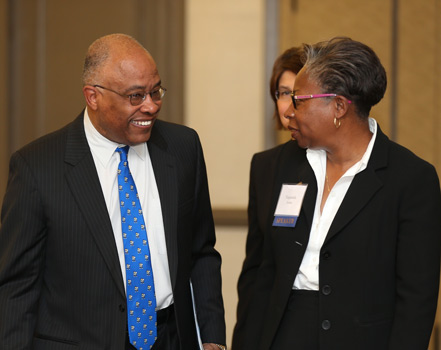
Kurt L. Schmoke, President of the University of Baltimore, and Tuajuanda Jordan, President of SMCM.
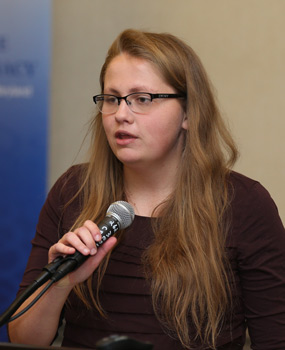
Francis (Krista) Cavanagh, Head of SMCM Student Ambassadors
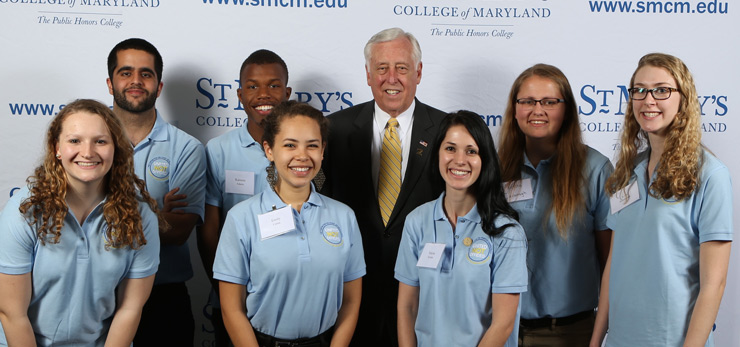
Hon. Steny Hoyer, U.S. Representative from the 5th Congressional District of Maryland and Advisor to CSD with SMCM Student Ambassadors.
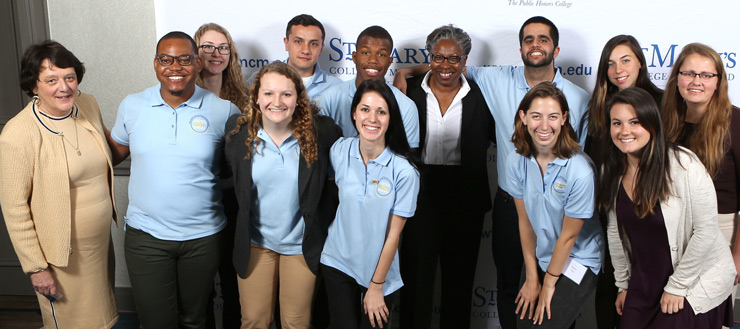
Dr. Tuajuanda Jordan, President of SMCM and Dr. Helen Ginn Daugherty is Professor of Sociology with SMCM Student Ambassadors

Scott Sanders, RADM USN (ret.), students and Sinclair Harris RADM USN (ret.). Front row students with Ann Zumwalt, daughter of Adm. Elmo R. Zumwalt Jr. Dr. Tuajuanda Jordan, President of SMCM and Dr. Maija Harkonen, Executive Director of the Center of the Study of Democracy.
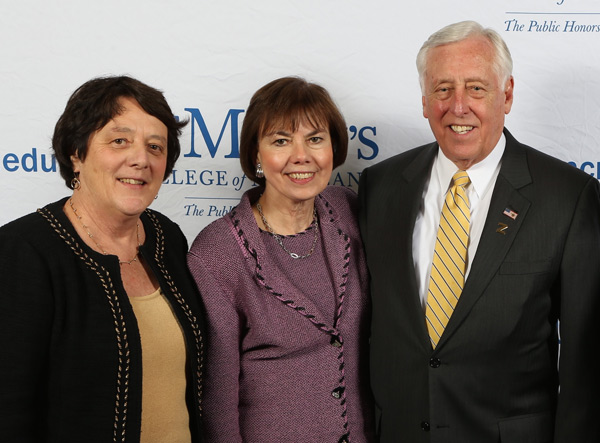
CSD Advisors, Professor Helen Ginn Daugherty and Bonnie Green, Executive Director of the Patuxent Partnership with Hon. Steny Hoyer
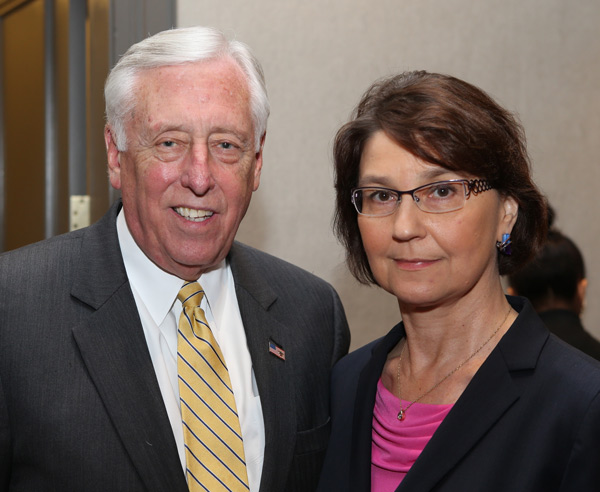
Hon. Steny Hoyer and Dr. Maija Harkonen, Executive Director of the Center for the Study of Democracy
